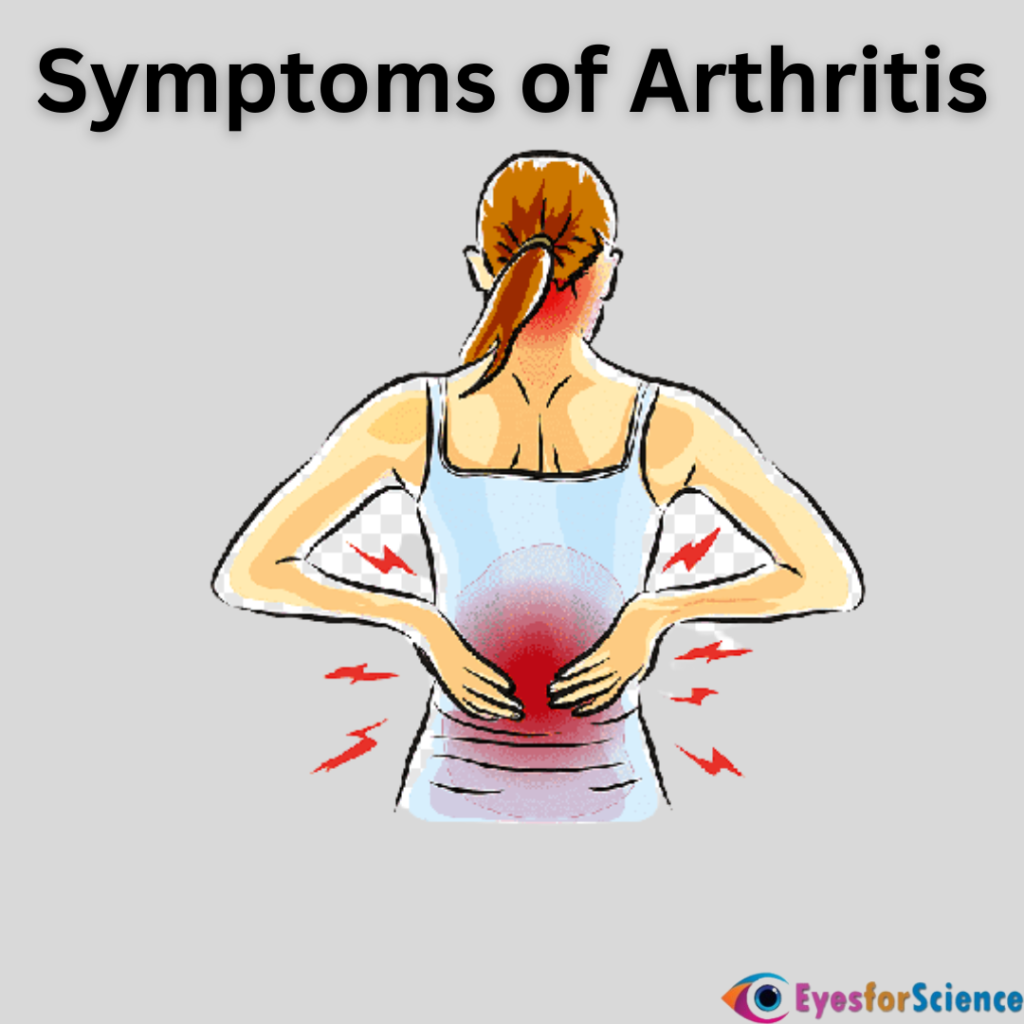What is Arthritis?
Arthritis is a condition that affects joints. Swelling, pain, and tenderness are common symptoms of the condition. This is an orthopedic condition that can affect one or more joints simultaneously. It can occur at any age and with time, the condition becomes worse.
If we talk about common forms, then osteoarthritis and rheumatoid arthritis will top the list. There is one arthritic form that affects children below 16 years of age. The arthritic form that affects children is juvenile idiopathic arthritis.
Different types of arthritis have different causes.
Osteoarthritis affects cartilage, a thick band of tissue that protects the joint. This results in the rubbing of bones forming the joint.
Rheumatoid arthritis occurs when the body’s immune system attacks the joint resulting in joint damage. RA first affects the lining of the joint.
Juvenile idiopathic arthritis occurs as a result of an attack by the body’s own immune system.
Besides these, there are many other forms of the condition like reactive arthritis, psoriatic arthritis, septic arthritis, and more.
What Are the Risk Factors
Here are some of the risk factors that may make you more prone to developing arthritis:
Family History
This is a major risk factor that you should notice. If anyone in your family is suffering from arthritis, you are also likely to experience the same. In other words, we can say that it runs in families.
Age
The risk of many arthritic forms increases with age. For example, the elderly are highly prone to developing osteoarthritis, rheumatoid arthritis, and gout.
Gender
Gender also plays a role in increasing the risk of arthritis. For example, women are more prone to developing rheumatoid arthritis whereas gout is more common in men.
Joint Injury
Anyone who has previously suffered from a joint injury is high at risk of developing arthritis than one who has not.
Obesity
Obesity is another cause as putting extra weight can put stress on the joints and over time, arthritis may be on the cards.

What Are the Symptoms of Arthritis?
It is a painful condition that develops over time in the joints of our body. Some of the common symptoms of the joint condition are:
- Pain
- Swelling
- Joint Stiffness
- Reduced range of motion
- Redness in the joints
What is Diagnosis of Arthritis?
Physical examination and diagnostic tests are used for the diagnosis. During the physical examination, the healthcare service provider looks for visible signs that may include swelling, bruising, tenderness, and painful movement. The doctor will ask the patient to move the affected joint in different directions to examine the range of motion.
Examination of body fluids can also help confirm the condition. The tests requires blood, urine, and joint fluid as sample.
Imaging tests are also performed during the diagnosis. They not only confirm that the symptoms are because of arthritis but also rule out the possibility of other conditions. The tests may include:
X-rays – can show fractures, bone spurs, or bone damage.
Computerized tomography (CT scan) – provides cross-sectional views of the internal structures of bone and soft tissues.
Magnetic resonance imaging (MRI) – delivers detailed cross-sectional images of soft tissues.
Ultrasound – creates images of soft tissues, fluid-containing structures, and cartilage. Along with the diagnosis, ultrasound is also help guide the needle while extracting joint fluid or injecting medicines.
How It is Treated? The Best Treatment for Arthritis.
The treatment depends on its type and symptoms. Basically, no cure for the condition is there. The treatment relieves symptoms and improve the quality of life. At first, the doctor always prescribes medicines, and they may include:
Non-Steroidal Anti-inflammatory Drugs (NSAIDs) – These medicines relieve pain and inflammation. They are also available as ointments for topical application on to the affected joint.
Counterirritants – These are available in the form of creams or gels. After application, they produce cooling or heating sensations thus, counteracting the pain.
Steroids – Steroids are given in the form of a pill or injection. They help reduce inflammation and pain while slowing down joint damage.
Disease-Modifying Antirheumatic Drugs (DMARDs) – These drugs slow down the progression of rheumatoid arthritis. This eventually prevents permanent damage to soft tissues and joints.
Physical therapy is an important part of the treatment of the condition. It helps improve the strength and flexibility of the joint while assisting with better function.
Surgery
The last treatment option is surgery, especially when non-surgical methods don’t work, or the condition is severe enough that it can only be treated with surgical intervention. Different types of surgeries are there according to the arthritic types. The options available include:
Joint Repair
During this surgery, the joint surfaces are realigned or smoothened to improve pain and function.
Joint Replacement
Here, the damaged joint is either partially or completely removed and replaced with an artificial joint.
Joint Fusion
In this procedure, the ends of bones forming the joint are removed and both bones are locked together until they develop into a single solid unit. Joint fusion is suitable for small bones like the ones present in the hands and ankles.








